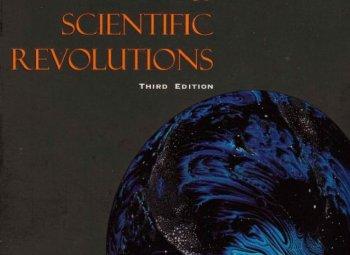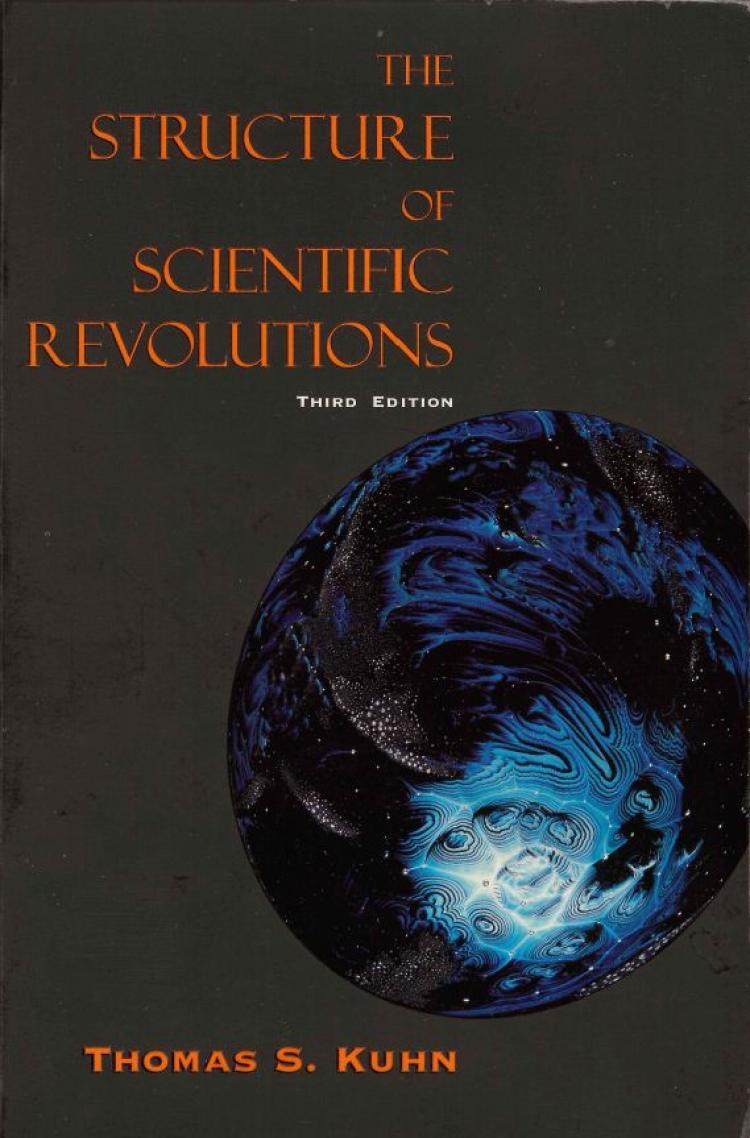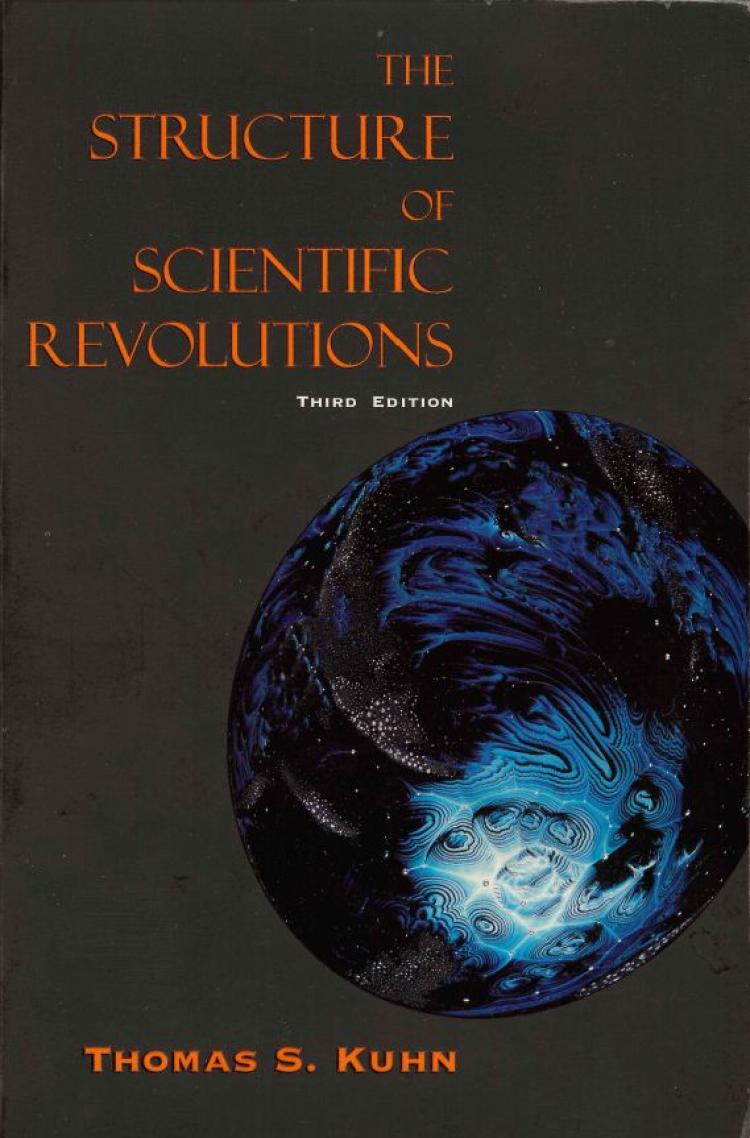A Fresh Look at Thomas Kuhn’s Philosophy of Science (Part 1)
The most widely read work on the philosophy of science, was and still is, very influential but widely misunderstood.

The Structure of Scientific Revolutions (Third Edition) by Thomas S. Kuhn, published by The University of Chicago Press, 1962, 1970, 1996 Du Won Kang/The Epoch Times
|Updated:



